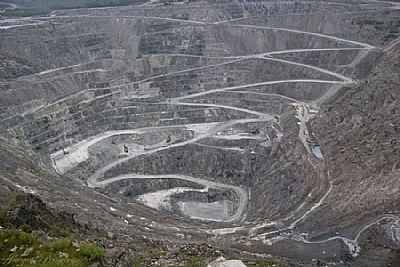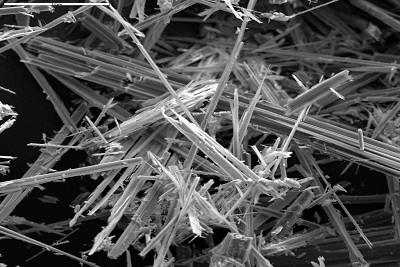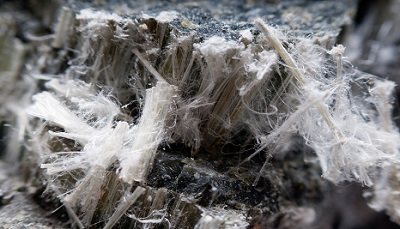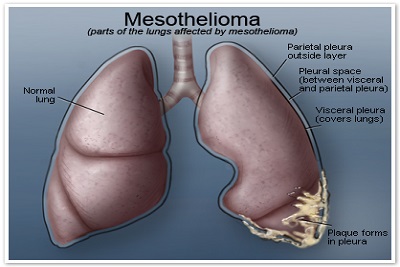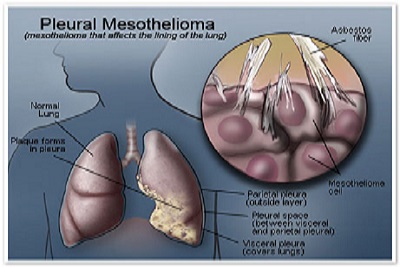Asbestos is a naturally occurring mineral that was once widely used due to its strength and durability. It is composed of multiple strands of fibers that are resistant to heat and friction. Asbestos, in its natural state, is not harmful; however, if damaged or disturbed, the strands of asbestos fibers separate and form a toxic dust that can be easily inhaled through the nose or mouth.
Once inhaled, the tiny asbestos fibers embed themselves in the protective sac lining the lungs, stomach and/ or heart. After a period of time, the fibers accumulate, leading to the development of fatal diseases such as mesothelioma cancer, asbestosis and lung cancer.
Asbestos Regulations
After the potential risks associated with asbestos were revealed, the government enforced strict regulations surrounding its use. The EPA banned the use of asbestos in 1989; however, because asbestos was widely used before it was banned many products still contain the toxic mineral.
Asbestos Containing Materials
Because asbestos is durable, heat and fire resistant, and easy to obtain, it was considered an ideal material in various industries and can be found in various building products including:
- Roofing and flooring products and tiles
- Insulation materials
- Fireproofing materials
- Decorative plaster and paints
- Boiler and pipe insulation
- Cooling towers
- Cement asbestos siding and roofing
Asbestos Pictures Gallery
To view pictures of asbestos and products containing the dangerous mineral, click on the links below:
Asbestos Deposits
The risk of developing mesothelioma or an asbestos-caused disease is much higher among individuals and families living near asbestos deposits. Here you will find examples of what asbestos deposits look like.



